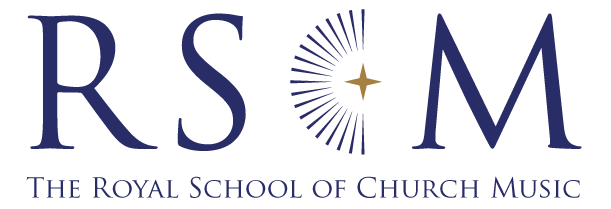
Singing for Health 1
Hello! Rebecca Tavener here from Cappella Nova Outreach. During lockdown I offered tips for vocal health so that people could keep the physical side of singing tuned-up. Here they are in a new form, slightly re-worked for the RSCM, to help you ease yourself back in.
I am sure you will have missed your singing over the last year and a half, but you do not want to go at it like a bull at a gate as we re-start. You may get a bit frustrated that your voice is not quite as it was, and you may do a bit of damage by expecting too much too soon.
Before I tell you the secret of humming, please note that full-throated singing is great for your health but it is also a source of droplets / aerosol, so, if you are desperate to raise your voice in song and neither fully vaccinated or with others who are not, do see if you can find a space where you can sing without filling the air that your nearest and dearest might want to breathe.
That is the less good news, but here comes an almost non-infectious and very useful tip: humming counts as effective vocal activity and is great for vocal health and longevity! Every vocal practice should begin with humming and, to keep your vocal equipment toned and fit for purpose when this is all over, do some random humming every day. It does not have to be music, it does not have to be in tune, it does not need to make any kind of sense. You can hum while you shower, mow the lawn, walk the dog, do the ironing or gardening, hum along with the radio, or even while reading the paper (although that might be annoying for others!), and enjoy the feeling and freedom of using your voice.
Try to keep your facial muscles relaxed (don’t purse your lips — practice keeping them closed with as little pressure as possible) while you hum and try not to push the sound. Gentle, happy humming will lift your mood and keep that vocal equipment in trim. Don’t boss that hum around — let it flow without force.
Try this exercise:
With mouth slightly open and relaxed, position your (also very relaxed) tongue immediately behind your lower teeth and keep it there without tension.
Sing the word ‘singing’ softly in that position with as little movement of the jaw or tongue as possible (the mouth needs to be slightly open for this): ‘sssiiiiiiiiiiiiingiiiiiiingggggggg’. Try not to bump the start. The final position gives you an ‘-ng’ with space behind (if you have not moved your tongue!).
Staying relaxed, use that configuration to do some daily humming. As soon as you sense any tension (in tongue, jaw, lips etc), stop, relax everything, and reconfigure as above.
Join us for the next session on Monday 16th August.
